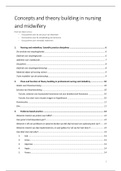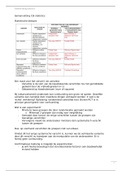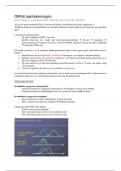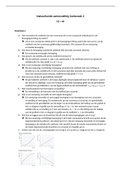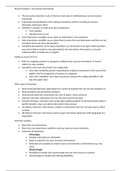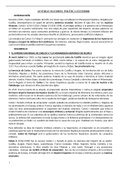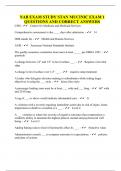Resume
Samenvatting Concepten en theorievorming
- Établissement
- Katholieke Universiteit Leuven (KU Leuven)
Hier vindt u een volledige samenvatting van het opleidingsonderdeel: Concepten en theorievorming in de verpleeg- en vroedkunde gegeven door Prof. Moons in . De samenvatting is nog steeds bruikbaar in verdere jaren.
[Montrer plus]
